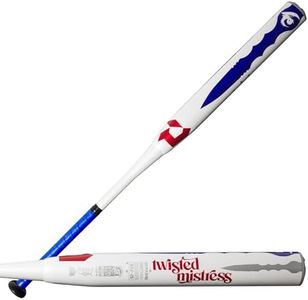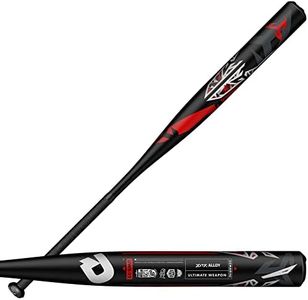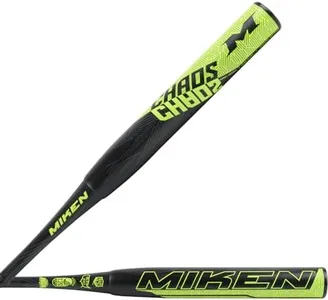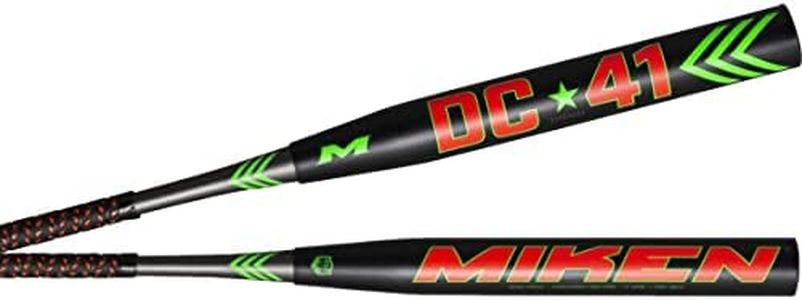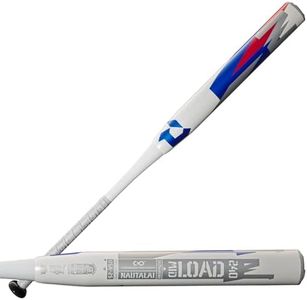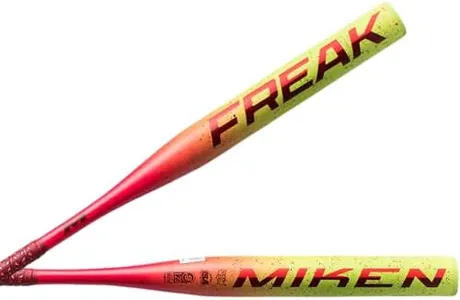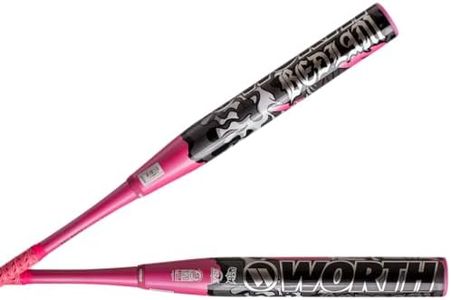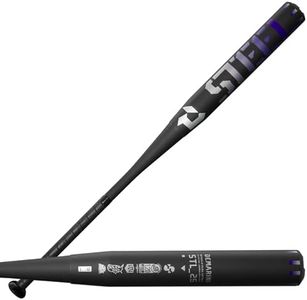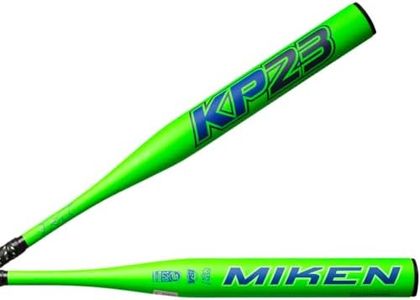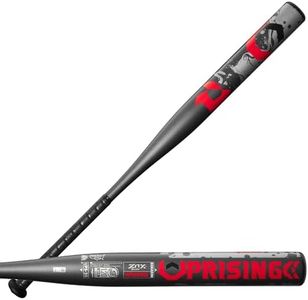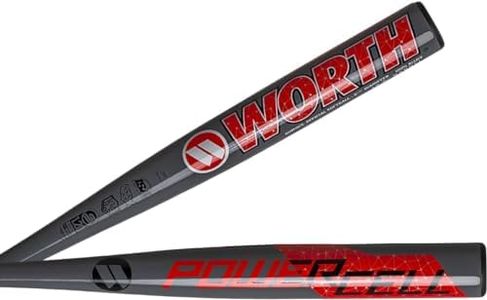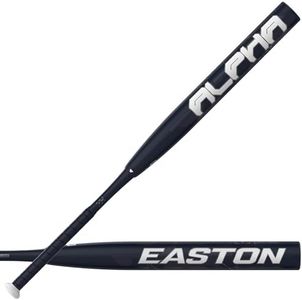We Use CookiesWe use cookies to enhance the security, performance,
functionality and for analytical and promotional activities. By continuing to browse this site you
are agreeing to our privacy policy
10 Best Slow Pitch Softball Bats
From leading brands and best sellers available on the web.By clicking on a link to a third party's website, log data is shared with that third party.
Buying Guide for the Best Slow Pitch Softball Bats
Choosing the right slow-pitch softball bat can make a big difference in both your enjoyment and performance on the field. It's important to balance comfort, power, and style of play when picking your bat. Think about your personal strengths, your hitting technique, and league regulations before committing to a specific model. Focusing on a few key bat features will help you find a bat that feels right in your hands and boosts your confidence at the plate.Bat LengthThe bat length is the measurement from the knob of the handle to the end of the barrel. It's important because the right length helps with control and power. Bats usually range from 34 to 36 inches in slow-pitch softball. A longer bat can increase your reach, letting you cover more of the plate, but it may feel heavier and harder to control. A shorter bat is typically easier to handle and may suit players who focus on contact hitting or have a quicker swing. Choose a length that matches your size, comfort, and ability to control the bat through your swing.
WeightBat weight affects how fast you can swing and how much momentum you generate. Slow-pitch softball bats commonly range from 26 to 30 ounces. Heavier bats can create more power, especially for strong hitters, but might slow down your swing and tire you out faster. Lighter bats are easier to swing quickly and suit those who value bat speed and control. If you’re unsure, try swinging a few different weights to see which feels easiest to handle and allows you to swing smoothly.
MaterialMost slow-pitch softball bats are made from aluminum (alloy), composite, or hybrid materials. Aluminum bats are durable and ready to use right away, offering a familiar feel and consistent performance. Composite bats often provide a bigger 'sweet spot' and can dampen vibrations for better comfort, but may need to be broken in before reaching peak performance. Hybrid bats blend properties of both. Your choice of material can depend on your league’s rules, how much vibration you can tolerate, and personal preference for feel and sound.
Barrel DiameterBarrel diameter refers to the thickness of the hitting area of the bat, with 2 1/4 inches being the most common for slow-pitch softball. This specification is important because a larger barrel offers a bigger sweet spot, making it easier to hit the ball solidly. Unless your league specifies otherwise, most players will be comfortable with the standard diameter, so focus more on the overall feel of the bat.
End-Loaded vs. BalancedA balanced bat distributes weight evenly, making it easier to control and swing quickly. Balanced bats are ideal for players who prioritize bat speed and consistent contact. End-loaded bats have extra weight toward the barrel end, which can generate more power for strong hitters who swing with force. If you are unsure of your strength or your style emphasizes bat speed, a balanced bat is a safer choice. Experienced players seeking more distance might try an end-loaded bat, but only if it doesn’t compromise their control.
One-Piece vs. Two-Piece ConstructionOne-piece bats are made from a single material and provide a stiffer feel with less flex. They are generally preferred by players who like a traditional, solid swing and more direct response. Two-piece bats use separate handle and barrel parts joined together, creating more flex and reducing vibrations. These bats can add whip to your swing and reduce sting in the hands. Players who prefer a softer feel and want to minimize hand discomfort often go with two-piece construction.
League CertificationsDifferent leagues have different rules about what bats can be used, often requiring certifications like ASA, USSSA, or others. These certifications ensure the bat meets safety and performance standards. It’s crucial to check which certifications your league accepts before buying, as an uncertified bat won't be allowed in official play. Look for bats with the appropriate stamp or marking to make sure you are compliant.
